Approximately an hour and a half out of La Paz is the old town of Tiwanaku and today would see me take a tour this way to learn about the forefathers of ‘The Incas’.
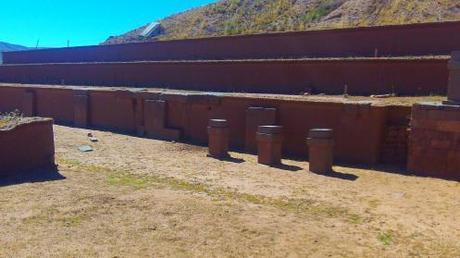
I booked the tour through my hostel for a cost of around £45 and was picked up at 8am to begin the tour. There wasn’t much to see on the journey there and eventually arriving at the town of Tiwanaku we disembarked and headed for the main museum. The town has just kind of, well, borrowed the name ‘Tiwanaku’ as it is where the culture and the Tiwanaku people can be most easily observed.
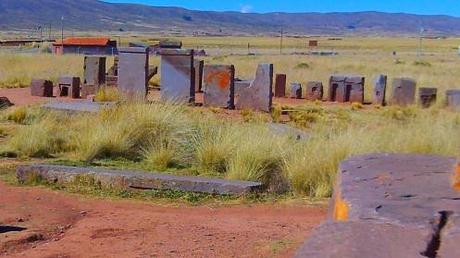
The guide for the tour was really knowledgeable and spoke great English. He was actually an archaeologist and had worked on the site at Tiwanaku so had an in-depth knowledge of their culture, their social structure and the processes and techniques for building. Like the Quechuan people (The Incas) the Tiwanakans had no written language so much of their history, the development of their culture and the ‘death’ of their culture has been hypothesised through excavation of artefacts, buildings and remains.
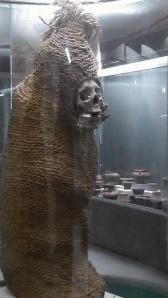
The walk and talk around the museum was a good way to learn about the link, the connection between the Tiwanaku people and every other culture of the area. The way in which the culture expanded was through advancement in tool construction, building and engineering dominance. The use of metal and the ability and technology in which to forge metal was astounding, especially considering the time at which all this was happening. In fact they were remarkably advanced in working metal especially considering that this was around the period of 300-500AD (although there were inhabitants in the town of Tiwanaku as far back as 1500BC, most of the development and growth of the empire was much later, as stated).
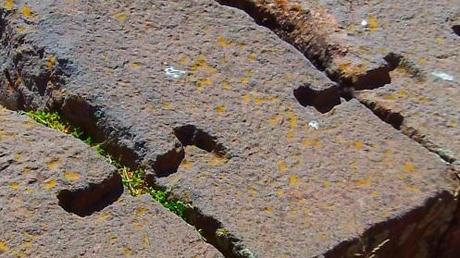
The construction of their temples, fortresses and grander-scale homes was ground-breaking; using metal hinges to hold the large blocks of construction together; quite remarkable really. Continuing from the museum we had a short walk to the site of the main pyramid construction. It was here that we all gasped in disbelief, with a moment of realisation of the significance of the numbers 7 and 12 in the culture, religion and belief-system of the people. For example, the pyramid has seven steps, the carvings on the ‘sun stone’ relates to the twelve months and the harvest times and these are just two examples that come to mind and yet evidence of these significant numbers could be seen everywhere around the site.
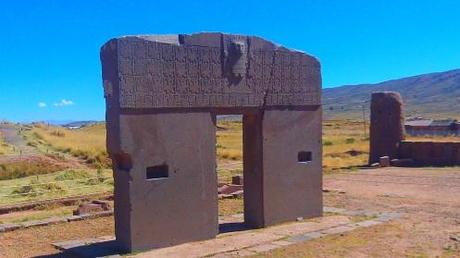
It really was an impressive place to be, especially when somewhere like Machupicchu gets such coverage, and rightly so of course, but to think that the place where we were standing was much older, more advanced in terms of the method and process used in its building was quite something. They had even used the knowledge of the workings of the human ear to carve special ‘announcing stones’ in the walls of the compounds so that if you were to simply put your mouth to these stones and begin to talk normally, your voice was projected ten-fold – astonishing!
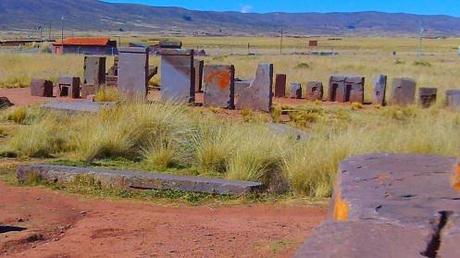
The second site, after lunch, was a little further on and although not as extensively excavated, you could see evidence of how the Tiwanaku people moved stone of nearly 200 tonnes from various quarries in the mountains, via the river and then rollers to position them in this settlement.
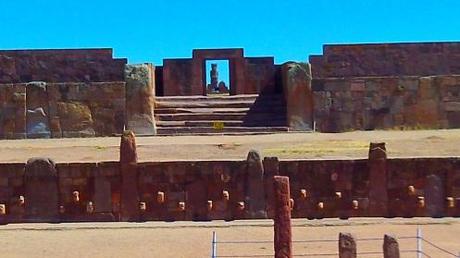
To see and to witness the power, creativity and ingenuity of human beings, especially at these times in our evolution and development was so impressive and rather awe-inspiring; such remarkable engineering achievements.
In the afternoon we headed back to La Paz and were dropped off at our respective hostels. It was a very interesting day, if a little slow-paced for the normal activities associated with La Paz, and for our next destination we were heading South to the second city of Bolivia and the cultural hub; Sucre.
